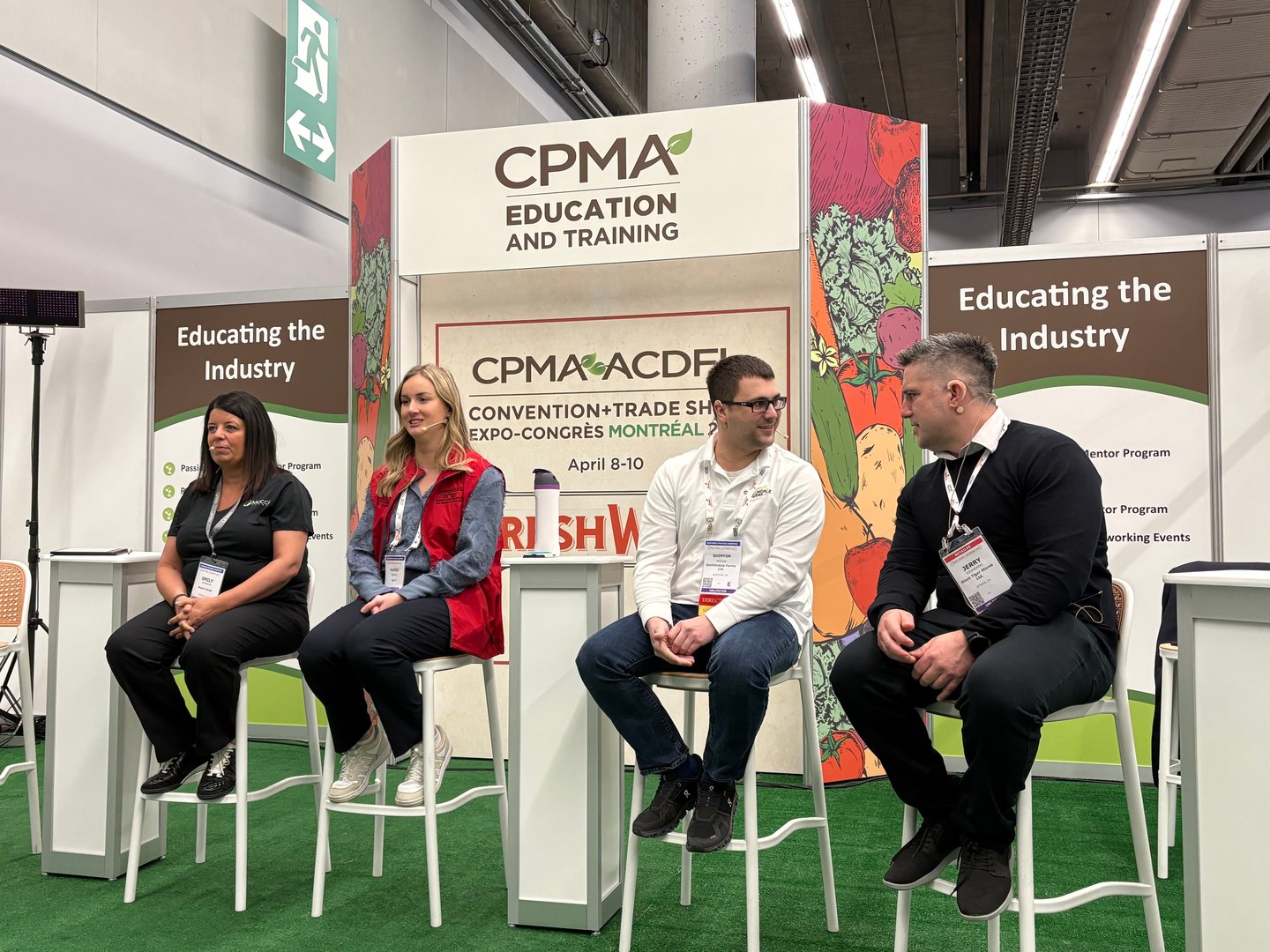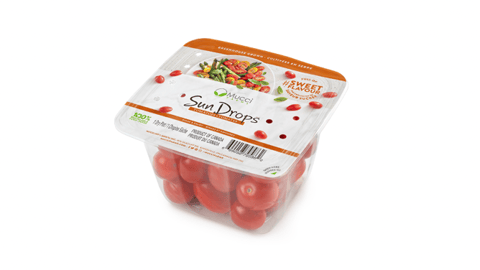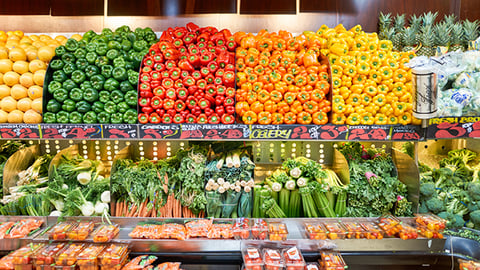CPMA 2025: Marketing strategies in times of uncertainty
Increases in production and distribution costs for fresh produce are rising at a time when consumers are holding on to their purse strings a little tighter—the price of produce can be hard for some to swallow.
These cost increases coupled with tariffs and the threat of an economic downturn are among the biggest challenges facing the fresh fruit and vegetable industries today, according to panelists at CPMA’s Fresh Week convention and trade show in Montreal last week.
“The headwinds and crosswinds that we’re facing are everywhere. No different for us, obviously, is the tariffs and cost increases are challenged,” said Jerry Dzikowski, division manager, general merchandising fresh grocery at Canadian discount retailer Giant Tiger. “The share of wallet that our customers have is shrinking every day and the cost increases that come through in our margins, which we have to pass on to our customers sometimes, are some of the biggest challenges right now.”
READ: Ottawa announces help for businesses hurt by U.S. tariffs
And during these turbulent times, it’s more important than ever to have a strong, strategic marketing plan that can attract new customers, build loyalty and brand awareness and help a company or brand differentiate from the competition.
But, reaching customers and buyers isn’t always easy. “We find it quite often tough because our categories aren’t sexy—it’s carrots, onions and potatoes. It’s hardware goods. So, a lot of times it’s hard to attract that attention,” said Quinton Woods, senior sales and plant operations manager at Bradford, Ont.-based Gwillimdale Farms.
Where Gwillimdale Farms finds success is through community-based marketing. “We’re constantly going above and beyond working with the local community. We have school programs out there,” said Woods. “It’s all the extra stuff you can add, to add value to your brand, that some of your competitors aren’t doing. And talking to your [retail] partners about how you’re investing in your communities.”
Though price is a key factor in purchasing decisions, Valérie Terrault, marketing director at Cultures Gen V believes communicating the company’s values—“if they take care of the people, the environment, if it’s non-GMO” —is often more crucial for driving sales and loyalty. “I’m a millennial, so I really want to invest a little more, maybe 10 cents more, for a company that has values aligned with mine.”
READ: Is customer loyalty going green?
“If you put your values up front, not just the lowest price, there will be consumers that are attentive to this,” she said. “We put all our values on front of our packaging, our storytelling is online, it’s on Instagram, but it’s also on our packaging.”
Giant Tiger uses a mix of old and new media, said Dzikowski. Flyers are still the main advertising vehicle to reach the retailer’s target demographic, which tends to skew older, he said, with social media efforts including TikTok and Instagram aimed at younger shoppers. All advertising efforts focus on affordability and assortment, he said.
Mucci Farms—an Ontario-based grower, packer, shipper and marketer of fresh greenhouse grown produce—meanwhile, leans heavily on digital media, including geotargeting and partnerships with online influencers, explained Emily Murracas, director of markting at Mucci Farms.
“With digital media we have direct access to consumers, so we’re able to build strategies that help us tell the story of greenhouse grown [produce], sustainable efforts and cleanliness, right up to recipe creation to inspire consumers,” she said.
And, in partnership with the CPMA, Mucci Farms created the 5 for 5 video series demonstrating meals that can be prepared in five minutes using only five ingredients. “It gave consumers a little taste of the ease of being able to prepare healthy options at [a reasonable price],” she said.






